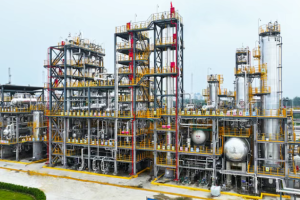February 12, 2025 – Synthetic resins, as artificially synthesized polymer compounds, have emerged as indispensable materials in modern industry and daily life. Renowned for their high production and consumption volumes among synthetic materials, synthetic resins serve as the crucial foundation for manufacturing synthetic fibers, coatings, adhesives, insulating materials, and particularly, plastics. Today, the synthetic resin industry stands as a vital component of the petrochemical sector, playing a pivotal role in supporting China’s economic development.

Within the extensive range of synthetic resins, five general-purpose resins have garnered prominent recognition: polyethylene (PE), polyvinyl chloride (PVC), polystyrene (PS), polypropylene (PP), and acrylonitrile butadiene styrene (ABS). These resins find application across virtually all domains where synthetic resin materials are utilized. Furthermore, synthetic resins can be classified into two major categories based on their thermal behavior: thermoplastic resins and thermosetting resins. Thermoplastic resins, such as PE and PP, exhibit the property of softening when heated and hardening upon cooling, allowing for repeated processing. In contrast, thermosetting resins, like phenol-formaldehyde resin and epoxy resin, form rigid three-dimensional network structures through chemical crosslinking, rendering them non-reprocessable.
According to insights from AsiaMB, polyolefins hold a significant position within the realm of synthetic resin materials. As synthetic resins polymerized from ethylene, propylene, and other α-olefins, polyolefins not only constitute one of the primary synthetic resins but also find widespread use in packaging, agriculture, construction, automotive, electronics, and electrical appliances, among other sectors. Notably, polyethylene and polypropylene stand out as the prominent members of the polyolefin family, commanding substantial market shares.














